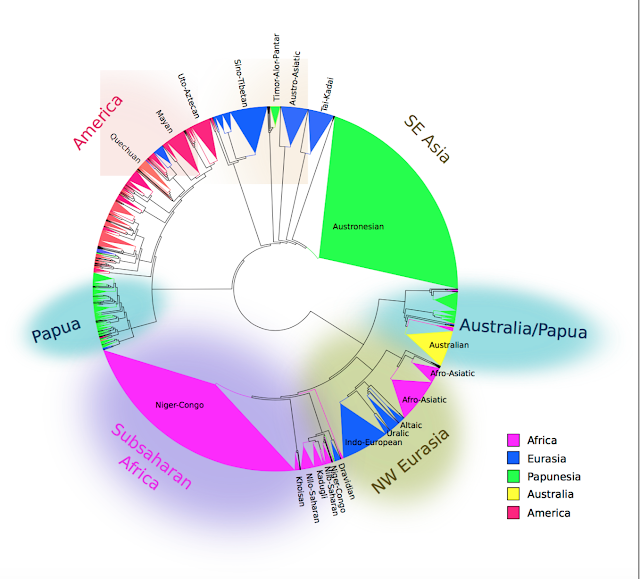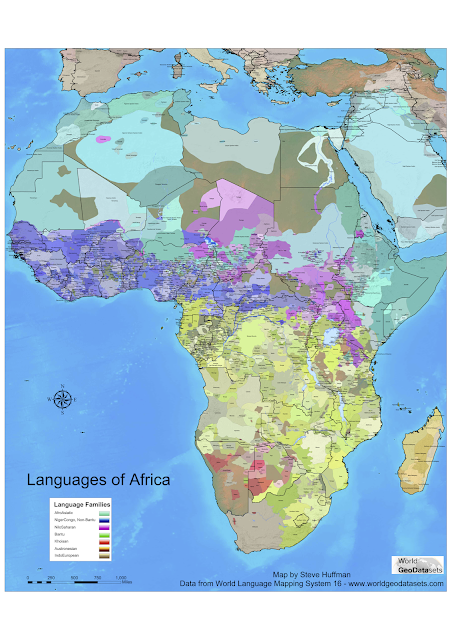If only descriptions listed all allophones of each phoneme..
I'm at a workshop and made a little doodle that I thought y'all might like, it expresses my inner desirers if I was ever to move from grammatical typology to phonological typology.
Phonology is the study of which sounds in languages are used to distinguish meaning, phonemes are the sounds that make a difference in meaning. Phonemes don't have sounds, they are multiple sounds with distinctive boundaries to other phonemes - other sets of sounds. A phone is the individual instance of sound. Allophones are all the phones that together make up a phoneme. Phoneme typically have one phone that is the most frequent and is used as shorthand for the entire set. For example, in Swedish [s] and [z] are allophones of the same phoneme, but we usually represent this set by [s] because it is the most common one. However, when we compare to for example English where [s] and [z] are very different animals, in fact so different that a change in them creates a change in meaning - i.e. they are different phonemes - then we cannot compare that directly to the Swedish case of /s/. They consist of different sets.
Basically the point is this: phonemes don't have sounds, they are sets of several sounds that together form a unit. The boundaries that these sets have to other phonemes in the system is crucial to comparing them appropriately. This means that in order to do typology on them we need to know all the member allophones of a phoneme and/or the crucial boundaries to other phonemes.
Most often, however, we don't have this. In order to do something useful anyway we should not compare two systems directly by just counting if they have the same phonemes or not, instead we should take the articulatory features of the phonemes (+voice, +plosive, + rounded etc) and see how similar to phonemes are in those features, how many edits we have to make in order to get from one phoneme to the other (ideally we'd also like to rank features, voicing being less important than manner for example maybe).
This is the topic of my doodles today. See Steven Moran's PhD thesis and database for more on this. For more on what a segment is and how it is difference from a phoneme I highly recommend reading pages 8-10 of Steven's thesis.
ReferencesMoran, Steven. 2012. Phonetics Information Base and Lexicon. University of Washington. (free PDF here)
Moran, Steven & McCloy, Daniel & Wright, Richard (eds.) 2014. PHOIBLE Online. Leipzig: Max Planck Institute for Evolutionary Anthropology. (Available online at http://phoible.org, Accessed on 2015-02-23.)





[z] is normally not listed as an allophone of /s/ in Swedish. However, I believe it is correct that it occasionally turns up in some contexts. This needs research!
ReplyDelete/Er favoritnordist